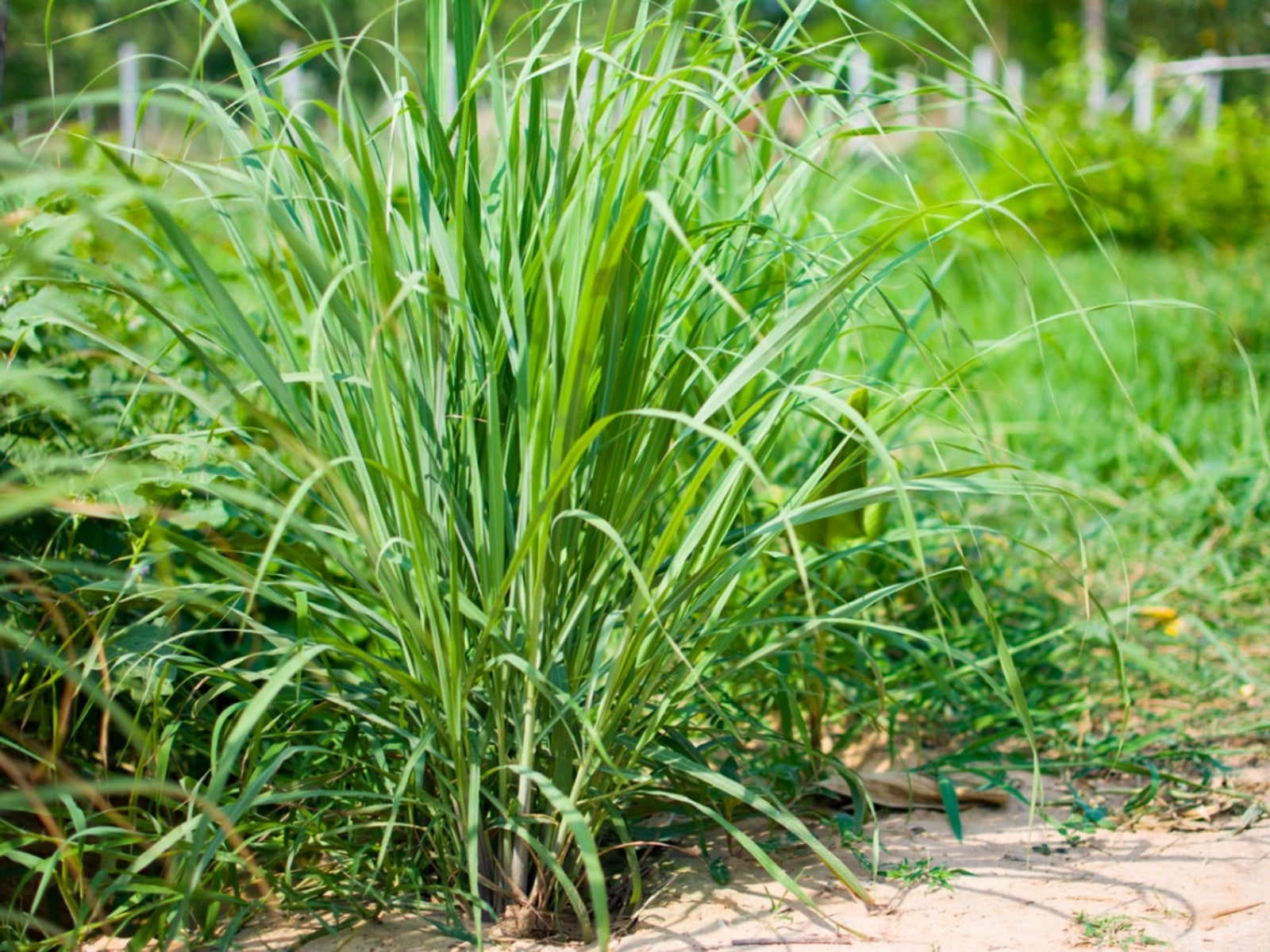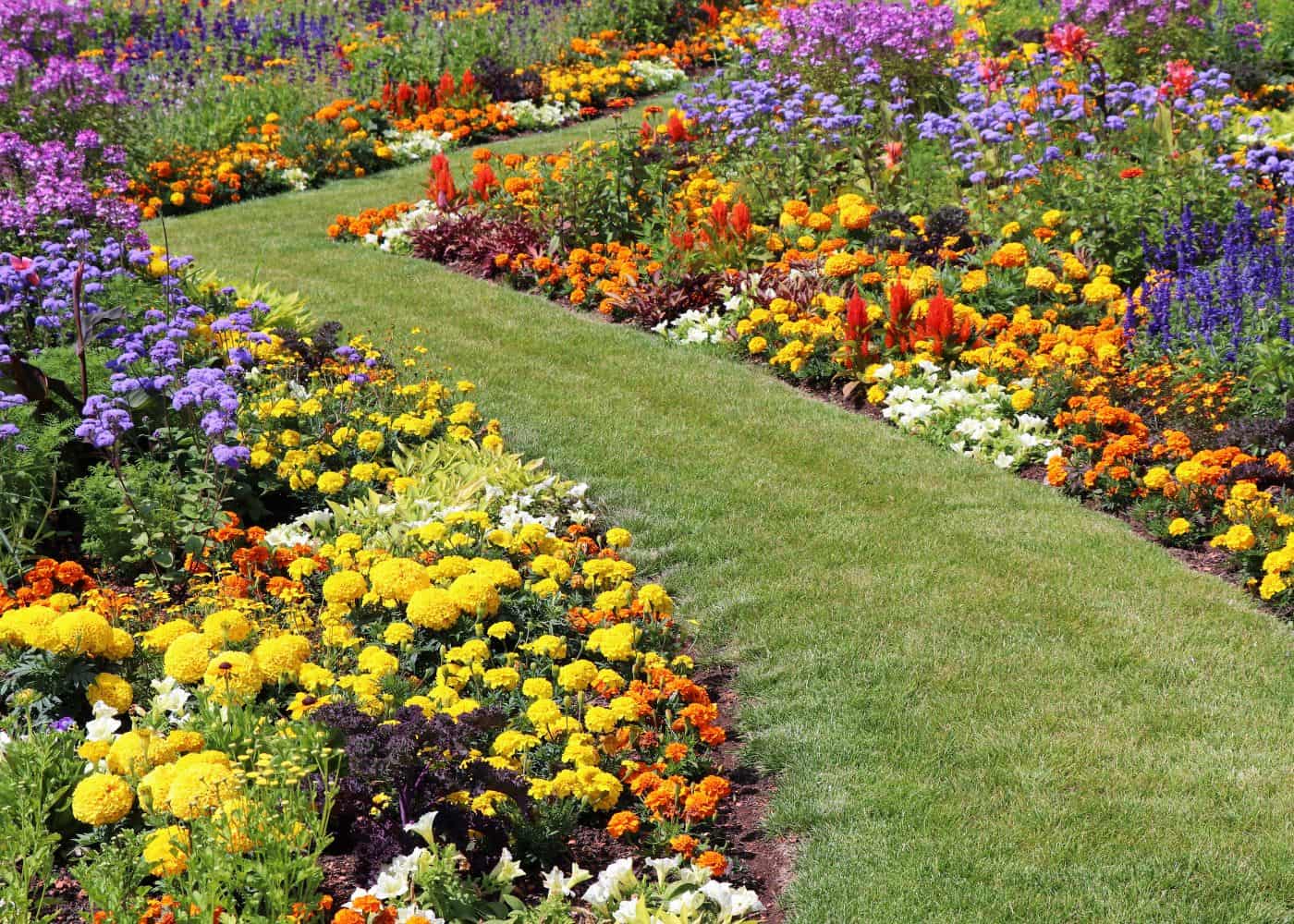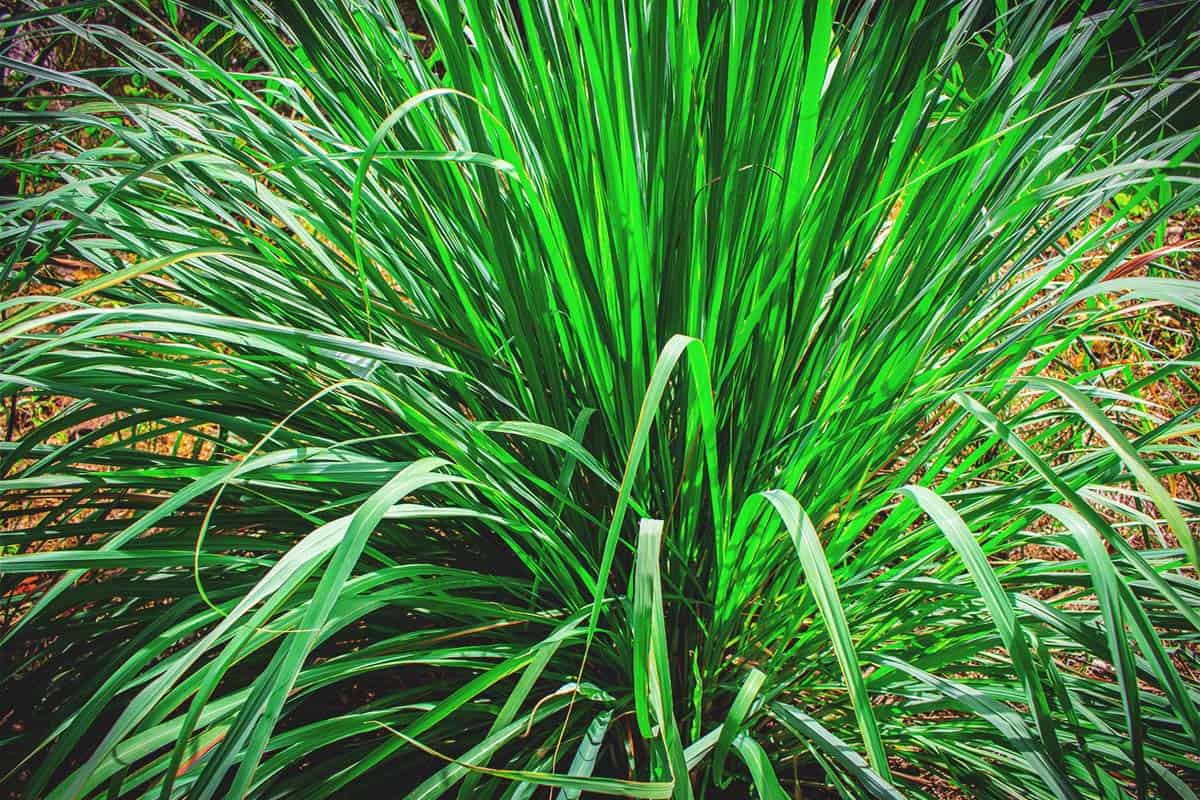Understanding the Basics of Lemongrass Growth
Lemongrass, a tropical herb native to Asia, has gained popularity in recent years for its culinary, medicinal, and ornamental uses. As a popular herb used in various cuisines, lemongrass is increasingly being grown in home gardens. However, to ensure proper care and maintenance, it is essential to understand its growth habits. Lemongrass is a type of grass that belongs to the Poaceae family, and its growth patterns are influenced by factors such as climate, soil, and light exposure. In warm climates, lemongrass can grow up to 6 feet tall, while in cooler climates, it may only reach 2-3 feet in height. Understanding these growth habits is crucial in determining whether lemongrass is a perennial or annual plant, and how to provide the best conditions for its growth.
For those wondering, “is lemongrass a perennial or annual,” the answer lies in its growth habits. In general, lemongrass is a perennial plant that can live for several years in warm climates. However, in cooler climates, it may be grown as an annual, as it may not survive the winter months. By understanding these growth patterns, gardeners can provide the necessary care and maintenance to ensure the longevity of their lemongrass plants.
In addition to its growth habits, lemongrass also has specific requirements for soil, light, and water. It prefers well-draining soil and full sun to partial shade. Overwatering can be detrimental to lemongrass, as it can lead to root rot and other diseases. By providing the right conditions, gardeners can encourage healthy growth and prevent common problems associated with lemongrass cultivation.
What is the Difference Between Perennial and Annual Plants?
When it comes to understanding the lifespan of lemongrass, it’s essential to know the difference between perennial and annual plants. Perennial plants are those that live for more than two years, often regrowing new growth from the same roots year after year. Examples of perennial plants include lavender, rosemary, and thyme. These plants typically require less maintenance and can be a great addition to any garden.
On the other hand, annual plants are those that complete their life cycle within a year, germinating, growing, producing seeds, and dying all within a single growing season. Examples of annual plants include basil, cilantro, and dill. These plants typically require more maintenance and need to be replanted every year.
Understanding the difference between perennial and annual plants is crucial in determining the best way to care for lemongrass. As a tropical herb, lemongrass can be grown as either a perennial or annual, depending on the climate and growing conditions. In warm climates, lemongrass can be grown as a perennial, while in cooler climates, it may be grown as an annual. Knowing whether lemongrass is a perennial or annual plant can help gardeners provide the right care and maintenance to ensure its longevity.
When asking “is lemongrass a perennial or annual,” it’s essential to consider the specific growing conditions and climate. By understanding the differences between perennial and annual plants, gardeners can make informed decisions about how to care for their lemongrass plants and ensure they thrive.
Is Lemongrass a Perennial or Annual Plant?
One of the most common questions about lemongrass is whether it is a perennial or annual plant. The answer to this question depends on the climate and growing conditions. In warm climates, lemongrass is typically grown as a perennial, meaning it can live for multiple years and regrow new growth from the same roots. In these climates, lemongrass can grow up to 6 feet tall and produce a abundance of leaves and stalks.
However, in cooler climates, lemongrass is often grown as an annual, meaning it completes its life cycle within a year and needs to be replanted every year. In these climates, lemongrass may not survive the winter months and may need to be brought indoors or protected from frost.
So, is lemongrass a perennial or annual? The answer is that it can be both, depending on the climate and growing conditions. In general, lemongrass is a tropical plant that thrives in warm and humid environments, making it a perennial in these climates. However, in cooler climates, it may be grown as an annual to ensure its survival.
Understanding whether lemongrass is a perennial or annual plant is crucial in determining the best way to care for it. By knowing whether lemongrass is a perennial or annual, gardeners can provide the right conditions and maintenance to ensure its longevity and promote healthy growth.
How to Grow Lemongrass as a Perennial
Growing lemongrass as a perennial requires careful consideration of the plant’s specific needs. To start, choose a variety of lemongrass that is well-suited to your climate and growing conditions. Some popular varieties of lemongrass include ‘East Indian’ and ‘West Indian’, which are known for their hardiness and ability to thrive in a variety of environments.
Once you have selected a variety of lemongrass, provide it with optimal growing conditions. Lemongrass prefers full sun to partial shade and well-draining soil that is rich in organic matter. Water the plant regularly, but avoid overwatering, which can lead to root rot and other problems.
In addition to providing optimal growing conditions, it is also important to protect lemongrass from frost and freezing temperatures. In areas where the temperature drops below 40°F (4°C), bring the plant indoors or protect it with a frost blanket to prevent damage.
Another key consideration when growing lemongrass as a perennial is pruning. Prune the plant regularly to encourage new growth and prevent it from becoming leggy. Remove any dead or damaged leaves or stalks, and cut back the plant to about 6 inches (15 cm) from the ground after it has finished blooming.
By following these tips and providing lemongrass with the right conditions, you can enjoy this beautiful and fragrant plant as a perennial in your garden. Whether you are growing lemongrass for its culinary, medicinal, or ornamental value, it is sure to be a valuable addition to your garden.
Caring for Lemongrass in Cooler Climates
In cooler climates, lemongrass requires special care to survive the winter months. One of the most important things to do is to bring the plant indoors before the first frost. This will protect the plant from freezing temperatures and ensure its survival.
When bringing lemongrass indoors, choose a location with bright, indirect light and maintain a consistent temperature between 65-75°F (18-24°C). Reduce watering to once a month, as the plant requires less moisture during the winter months.
In addition to bringing the plant indoors, it’s also important to prune lemongrass back to about 6 inches (15 cm) from the ground. This will help the plant conserve energy and promote new growth in the spring.
Another way to protect lemongrass from frost is to use a frost blanket or sheet. These can be placed over the plant to trap warmth and protect it from freezing temperatures.
By following these tips, you can help lemongrass thrive in cooler climates and enjoy its many benefits year-round. Whether you’re growing lemongrass for its culinary, medicinal, or ornamental value, proper care and maintenance are essential for its survival.
Remember, when asking “is lemongrass a perennial or annual,” the answer depends on the climate and growing conditions. In cooler climates, lemongrass may need to be grown as an annual, while in warmer climates, it can be grown as a perennial. By understanding these differences, you can provide the best care for your lemongrass plant and enjoy its many benefits.
Common Mistakes to Avoid When Growing Lemongrass
When growing lemongrass, there are several common mistakes to avoid in order to ensure the plant thrives. One of the most common mistakes is overwatering, which can lead to root rot and other problems. Lemongrass prefers well-draining soil and should be watered sparingly, especially during the winter months.
Another mistake to avoid is underwatering, which can cause the plant to become stressed and vulnerable to disease. Make sure to water lemongrass regularly, but avoid getting the leaves wet to prevent fungal diseases.
Not providing enough sunlight is also a common mistake when growing lemongrass. Lemongrass requires full sun to partial shade, so make sure to place it in a location that receives at least 4-6 hours of direct sunlight per day.
Additionally, lemongrass is sensitive to extreme temperatures, so avoid placing it in areas with drafts or extreme heat. Keep the plant away from air conditioning vents, radiators, and other sources of extreme temperatures.
By avoiding these common mistakes, you can help your lemongrass plant thrive and enjoy its many benefits. Whether you’re growing lemongrass for its culinary, medicinal, or ornamental value, proper care and maintenance are essential for its survival.
Remember, when asking “is lemongrass a perennial or annual,” the answer depends on the climate and growing conditions. By understanding these differences and avoiding common mistakes, you can provide the best care for your lemongrass plant and enjoy its many benefits.
Using Lemongrass in Your Garden and Kitchen
Lemongrass is a versatile herb that can be used in a variety of ways in your garden and kitchen. In cooking, lemongrass is often used in soups, curries, and marinades to add a citrusy flavor. It can also be used to make tea, which is said to have numerous health benefits.
In garden design, lemongrass can be used as a ornamental plant to add a tropical touch to your garden. It can be grown in containers or directly in the ground, and can be used as a border plant or a specimen plant.
When using lemongrass in your kitchen, it’s best to harvest the leaves and stalks when they are young and tender. Simply cut off the leaves and stalks at the base of the plant, and use them in your recipe. You can also dry the leaves and stalks to use later.
Some popular recipes that use lemongrass include Thai curries, Indian soups, and Brazilian BBQ sauces. You can also use lemongrass to make a refreshing tea by steeping the leaves and stalks in hot water.
In addition to its culinary uses, lemongrass also has numerous health benefits. It is said to have anti-inflammatory properties, and can be used to treat a variety of ailments including digestive issues and anxiety.
By incorporating lemongrass into your garden and kitchen, you can enjoy its numerous benefits and add a touch of tropical flavor to your cooking and garden design.
Conclusion: Enjoying the Benefits of Lemongrass
In conclusion, lemongrass is a versatile and beneficial herb that can be grown in a variety of climates and used in many different ways. By understanding its growth habits and lifespan, you can provide the best care for your lemongrass plant and enjoy its many benefits.
Whether you’re growing lemongrass as a perennial or annual, it’s essential to provide optimal growing conditions, protect it from frost and freezing temperatures, and harvest it regularly to encourage new growth.
In addition to its culinary and medicinal uses, lemongrass also has numerous benefits for garden design and wildlife. Its fragrant leaves and stalks can attract pollinators and other beneficial insects, and its tall, grass-like foliage can add a tropical touch to your garden.
So, is lemongrass a perennial or annual? The answer depends on the climate and growing conditions. But with proper care and maintenance, lemongrass can thrive in a variety of environments and provide numerous benefits for years to come.
By incorporating lemongrass into your garden and kitchen, you can enjoy its fragrance, flavor, and medicinal properties, and experience the many benefits of this versatile and beneficial herb.








